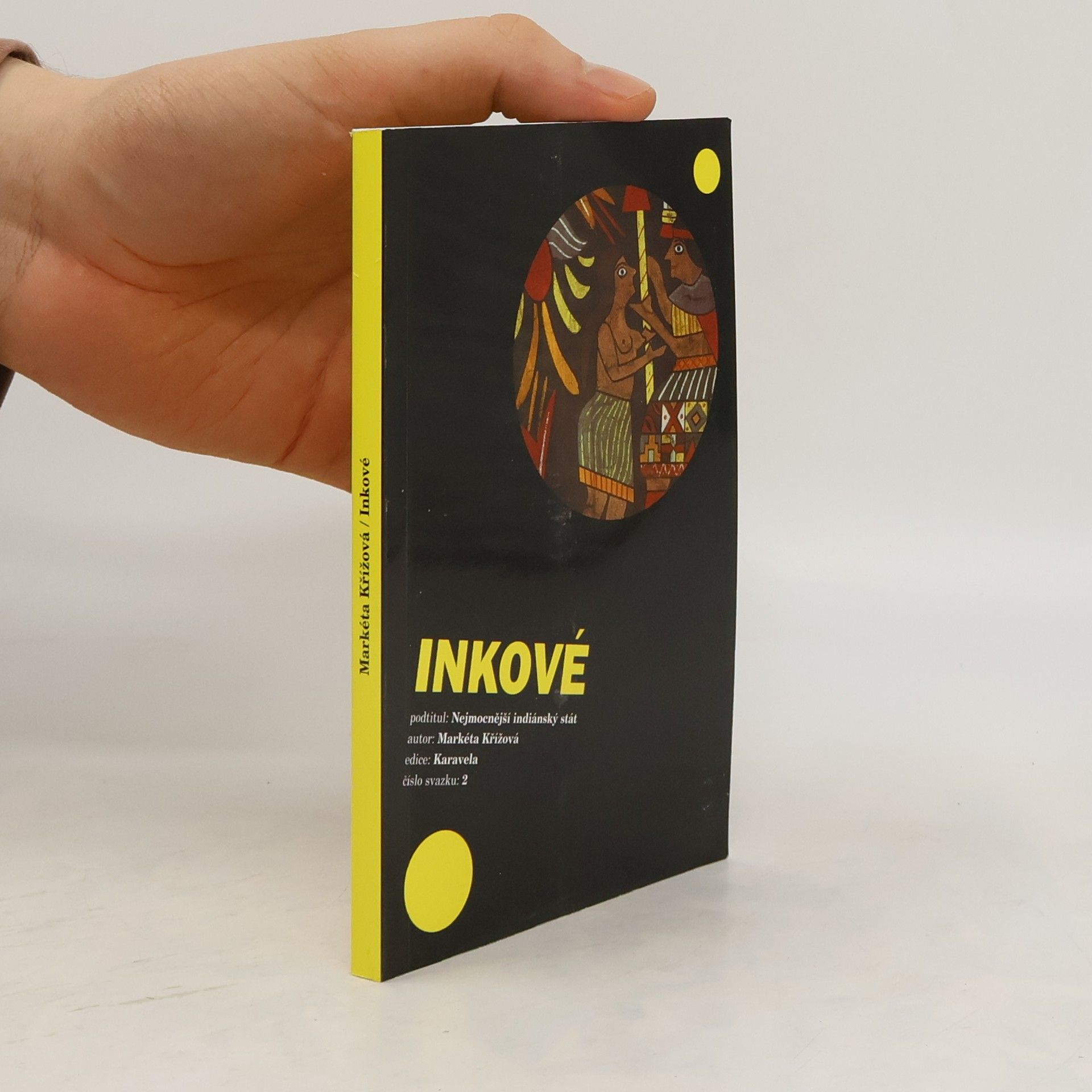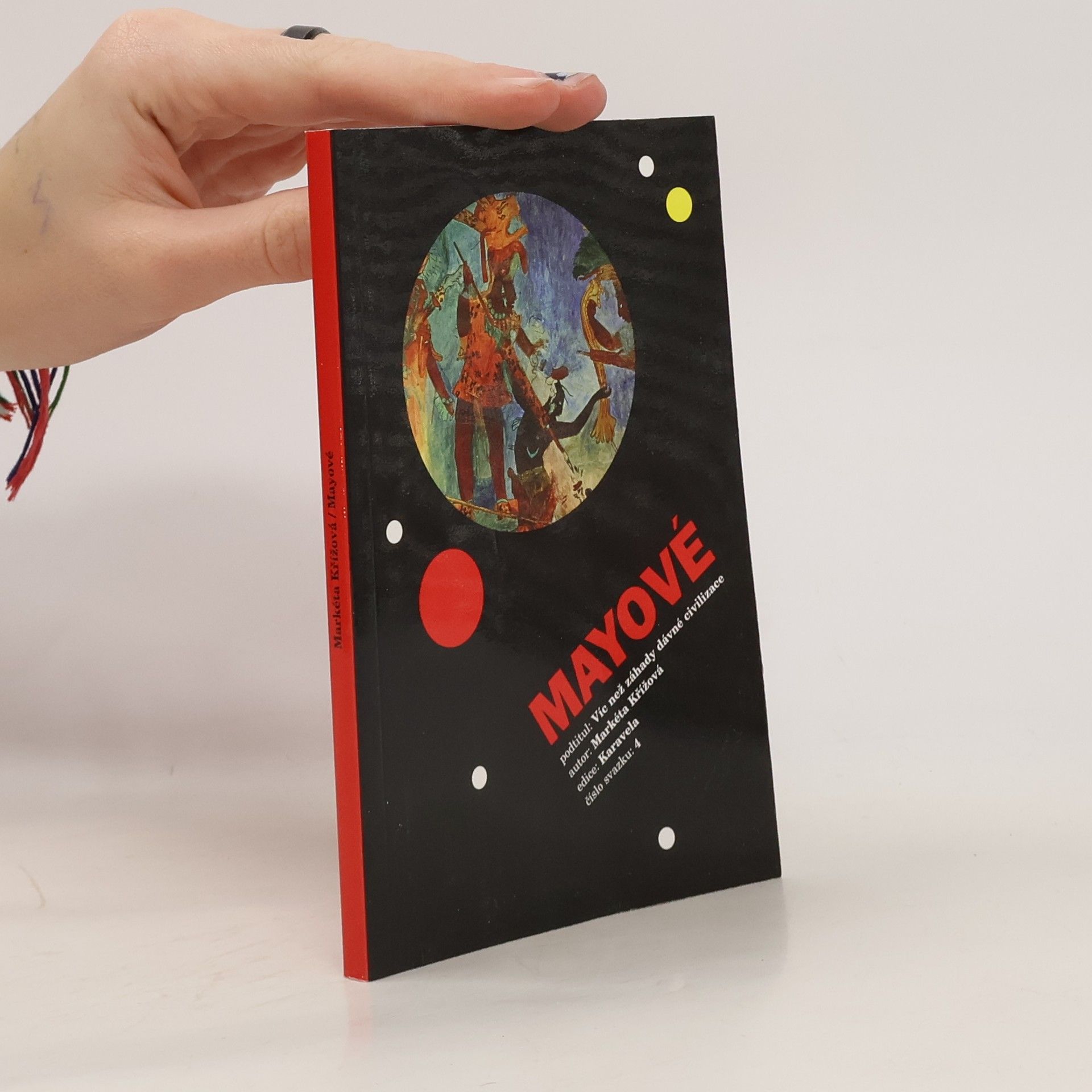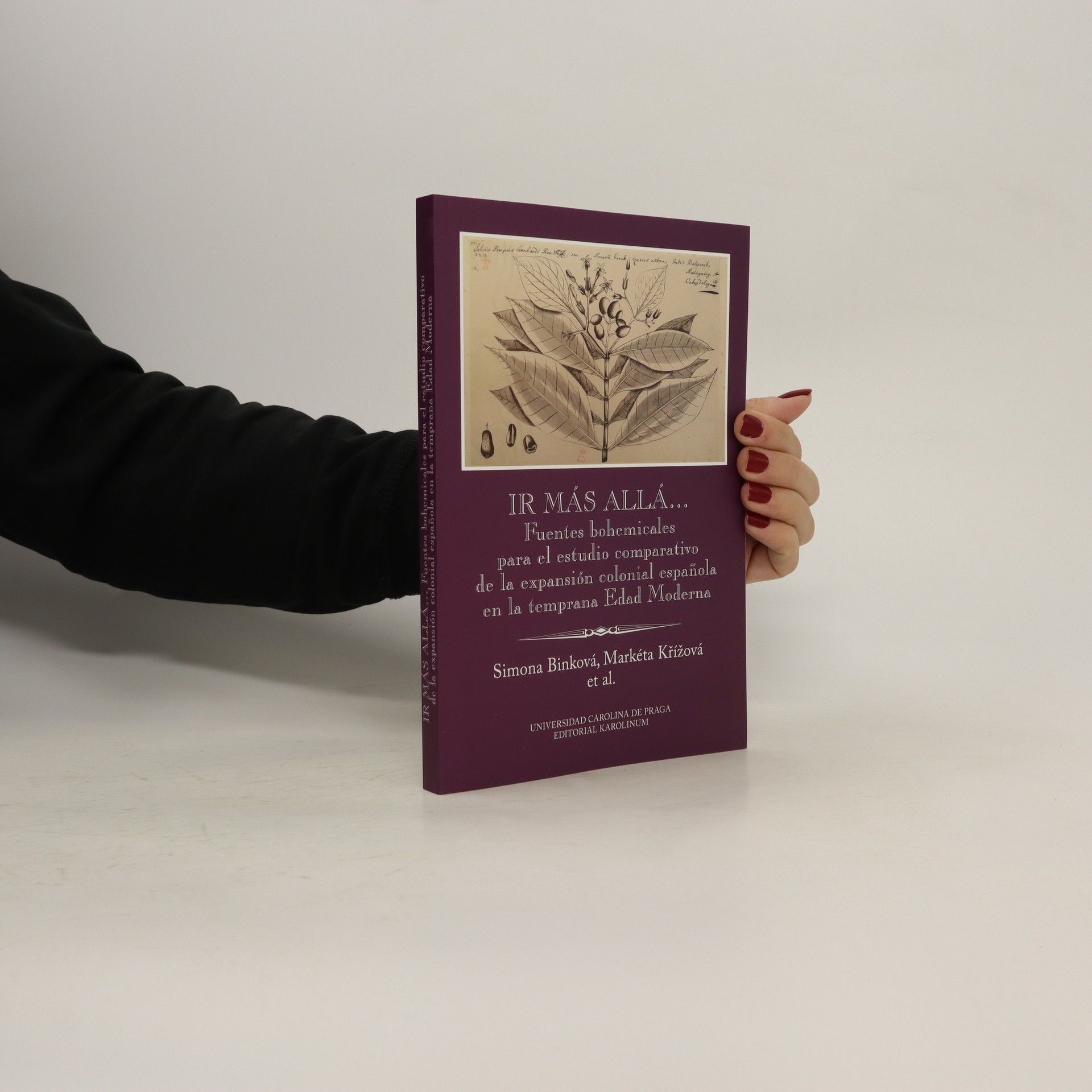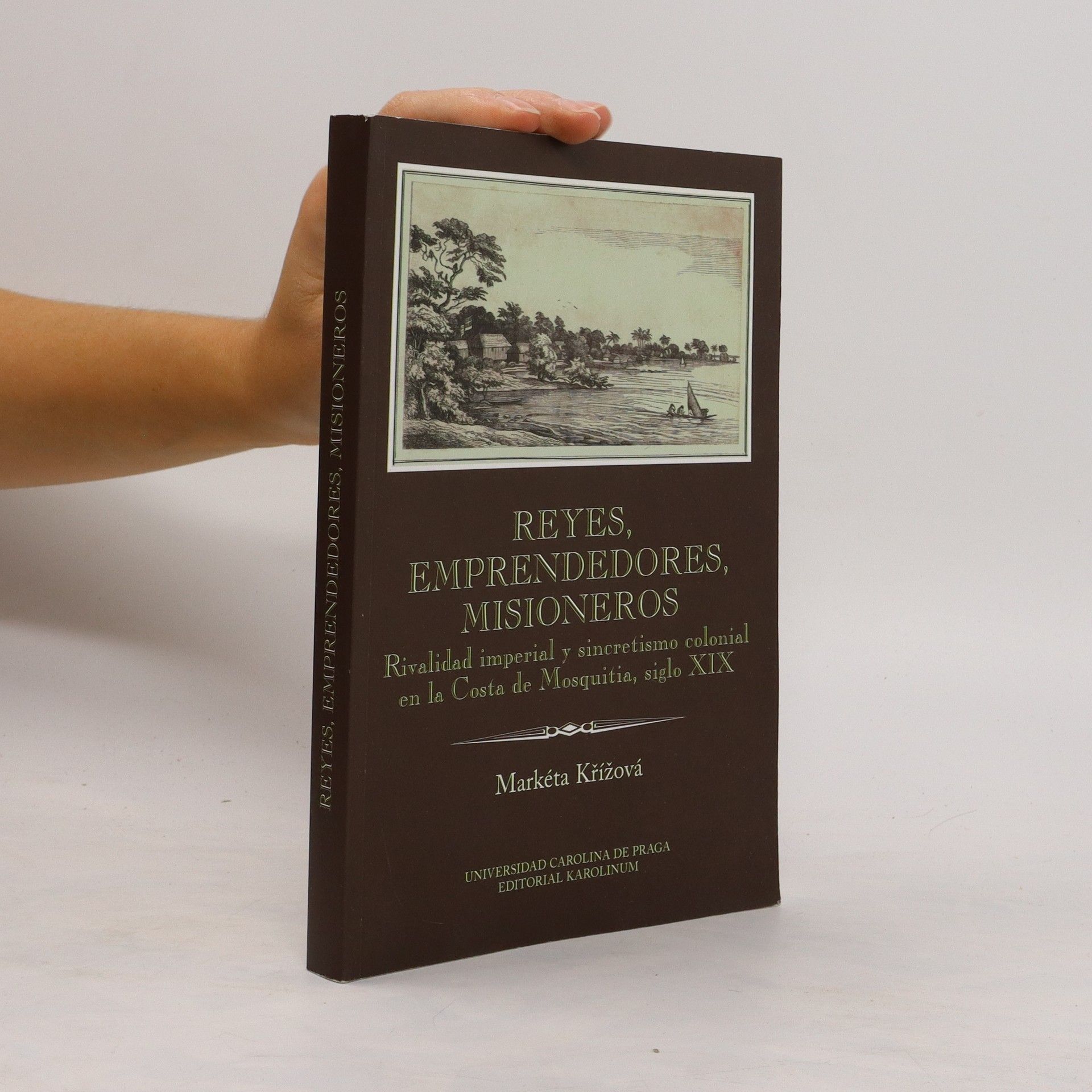Tváře války. Faces of war
- 95 pages
- 4 hours of reading







This critical edition introduces an unpublished travelogue by Czech-American traveller and polyglot Alois Richard Nykl, detailing his experiences in Mexico during the 1920s. The introductory studies provide insights into Nykl’s life, the circumstances surrounding the manuscript's creation, and his failed attempts at publication. Additionally, Nykl’s observations are framed within the broader context of how Czech society engaged with this region during the 19th and 20th centuries. In his narrative, Nykl reflects on the significant changes Mexico experienced in the early 20th century, comparing his first visit from 1907 to 1909 with his return from 1924 to 1926. He keenly observes the effects of the Mexican Revolution on both society and the landscape. This multi-layered text, enriched with Nykl’s photographs and a contemporary bibliography, offers the perspective of a well-educated individual with a distinctive life experience during a complex historical period. As such, it serves as a valuable resource for understanding this pivotal era.
Doplněné a přepracované vydání metodické příručky učitele Dějepis 7 z produkce Nakladatelství Fraus. Přináší odborné a didaktické komentáře k učebnici a pracovnímu sešitu Dějepis 7 z téže řady (2. vydání), rady a nápady, jak s oběma produkty pracovat, také řešení a výsledky všech úloh z pracovního sešitu i komentáře k některým historickým mapám.
Dějiny umění Latinské Ameriky vznikly v dílně Střediska iberoamerických studií Univerzity Karlovy na základě přednášek autorek knihy. Cílem publikace je poskytnout zájemcům z řad studentů i veřejnosti základní přehled o dějinách umění tohoto regionu. Představit jim odbornou literaturu vztahující se k tématu, jakož i významné muzejní a galerijní instituce, seznámit je se vztahy mezi Českou republikou a Latinskou Amerikou na poli kultury a umění, a nasměrovat je tak v jejich dalším studiu. Výklad je doplněn o vysvětlení pojmů a doprovází jej bohatá obrazová příloha. Jedná se o první takový titul na českém knižním trhu.
Matěj Poláček, který v meziválečném období pracoval nejprve jako dělník, poté jako stavbyvedoucí na rozmanitých německých projektech v Africe a v Jižní Americe, po sobě zanechal deníky a také sepsané vzpomínky. Jde o unikátní dokumenty pozoruhodné jak svým jazykem, tak sociálním postavením autora a prostředím, v němž se pohyboval (a jeho velkou vnímavostí k tomu, co prožíval). Součástí edice je i studie o „českých stopách“ v Jižní Americe a Africe s důrazem na krátkodobou ekonomickou migraci, objasnění politické situace v popisovaných zemích v meziválečné době a stručný rozbor pamětí.
Střední Amerika jako by svou polohou na rozhraní obou částí amerického kontinentu a zároveň Atlantského a Tichého oceánu byla předurčena stát se místem setkávání, prolínání, soupeření i splývání. K mozaice původních obyvatel se připojili španělští dobyvatelé, angličtí kolonisté a dobrodruzi mnoha národností; a také černí otroci, násilím přepravení přes Atlantik. V moderní době se pak Střední Amerika stala vstupní branou hospodářské a politické expanze evropských států do Tichomoří a proto také předmětem intenzivního mezinárodního soupeření. Tyto vnější tlaky se promítaly i do bouřlivého vnitřního vývoje středoamerických států. Byť svou samostatnou existenci v 19. století zahájily sjednocením do federace, v následujícím období jejich vzájemné vztahy poznamenaly války a revoluce.
Rivalidad imperial y sincretismo colonial en la Costa de Mosquitia, siglo XIX
Tématem knihy je otroctví a jeho propojení s evropskou zámořskou expanzí v 15. až 19. století, zejména s kolonizací Nového světa. Zde byli zotročováni domorodí obyvatelé (Indiáni), především ale černoši násilím dovezení z Afriky. Rozvoj otroctví na americkém kontinentu patří k nejvýznamnějším fenoménům moderních dějin. Vyústilo v největší masovou migraci všech dob, která významně ovlivnila demografickou strukturu Afriky i Ameriky – vždyť třetina všech osob afrického původu dnes žije mimo černý kontinent. Hospodářství založené na obchodě s otroky a na otrocké práci zároveň podnítilo budování koloniálních říší i rozvoj evropských metropolí.
Státní znak Jamajky je dědictvím britské kolonizace. Původní podobu nechal roku 1661 na králův příkaz vypracovat William Sancroft, canterburský arcibiskup, a figurují na něm tradiční emblémy Ameriky: nazí Indiáni, tropické ovoce, krokodýl a v centru znaku kříž a koruna jako symboly královské svrchovanosti. Změnilo se pouze motto. Původní latinský text INDVS VTERQVE SERVIET VNI (Obě Indie budou společně sloužit), odkazující na rozlehlé zámořské državy Británie, nahradilo ve 20. století anglické Out of Many, One People, tedy "Z mnoha jeden národ". Jde o ekvivalent hesla USA E Pluribus Unum.